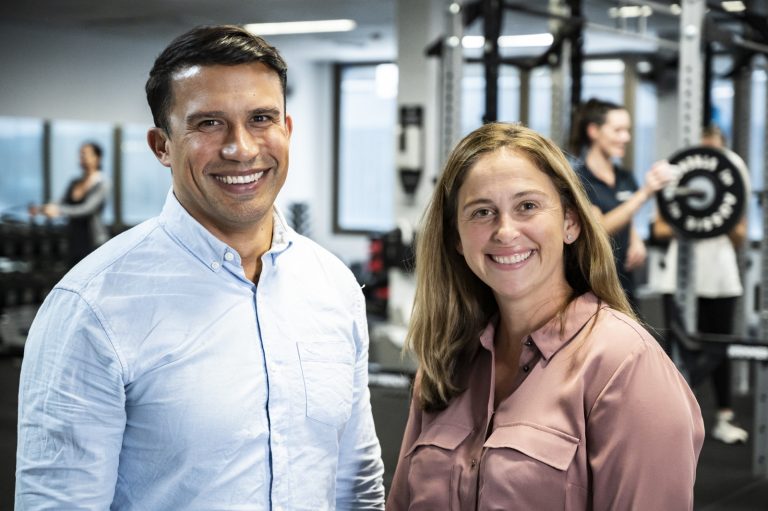
by Sean | About Healthfix, Latest News
Setting up for success for 100 years and beyond. Strange to think that the same time last year we were enduring a fairly hard lock down. It affected everyone in different ways. As a team at Healthfix we committed to sticking to what we do best. We had rallied through...

by Sean | General Practitioners
COVID Distrupted 2020 Written by Sean Cooney The Past If you caught our January internal newsletter I discussed how we adapted when severe COVID restrictions hit New South Wales. We knew there was going to be a continued need for good health care but we had to concern...

by Sean | General Practitioners
Mel Juergens 5 quick questions Written by Sean Cooney Our dietitian Mel and I sat down to have a conversation about the early influx of GP and non GP referred patients that we tend to see in the months of January and February. Here’s some key take away points....

by Sean | General Practitioners
Medicare’s Chronic Disease Management Written by Sean Cooney With the chronic disease management and team care arrangements offering such a wide scope of practice for a wide variety of people, no two patients are really the same. But, of course, there are some...




